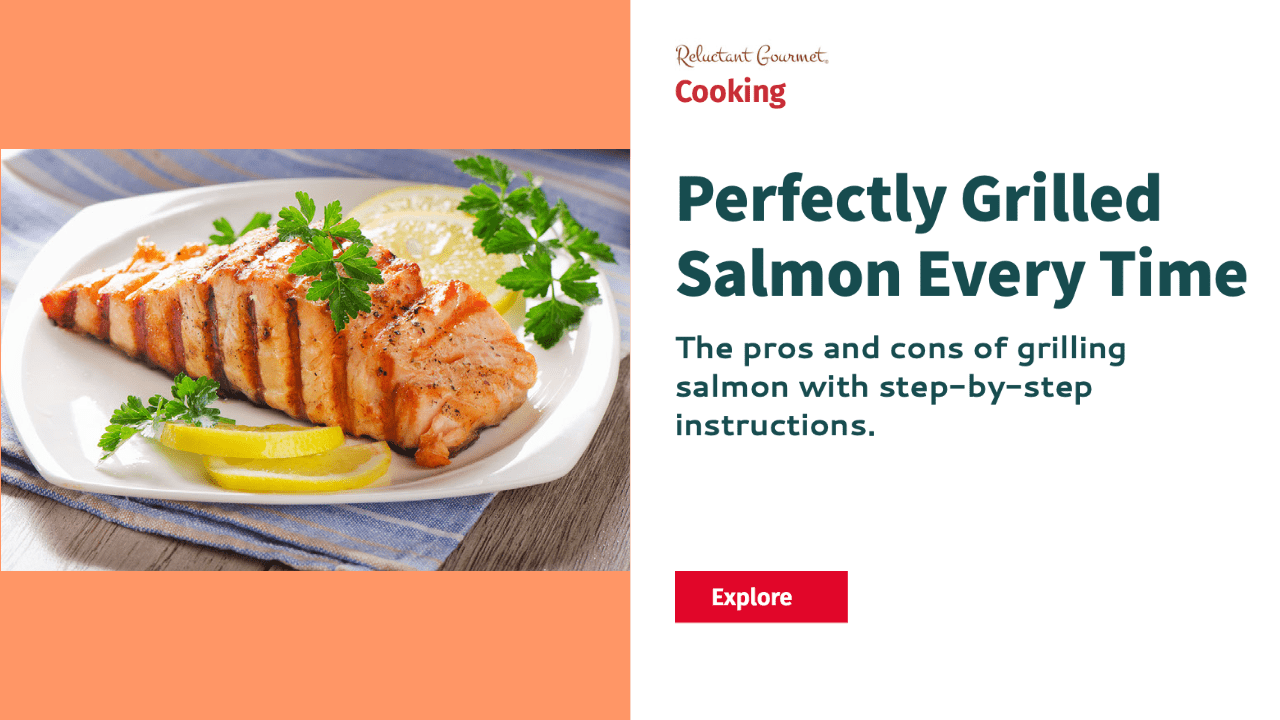
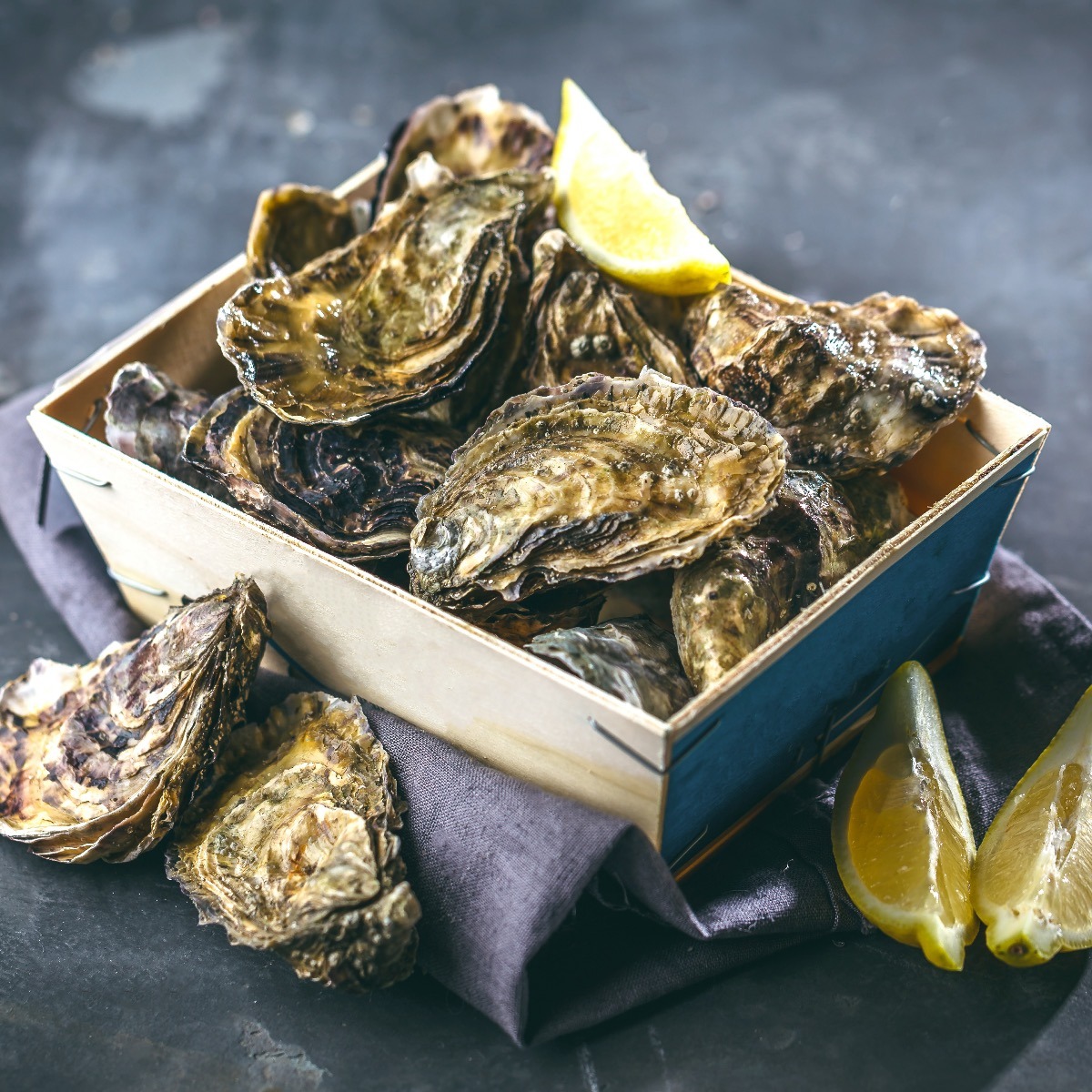

All About Oysters
Hmm, Hmm, Hmm. We do love oysters in our house. I personally only like them freshly shucked and served with cocktail sauce or mignonette sauce but my wife and daughters like them baked, fried or even grilled.
What Exactly Are Oysters?
Oysters are a type of shellfish highly prized for their unique flavor and nutritional value. They are commonly found in coastal areas worldwide, where they are harvested and served fresh, cooked, or raw. Oysters are a versatile food that can be enjoyed in various ways and have a long history of cultural significance.
Oysters are known for their distinct flavor, often described as briny or salty. This taste comes from the high concentration of salt and minerals found in the waters where oysters are harvested. The flavor of oysters can also be influenced by the type of water they are grown in and the time of year they are harvested. As a result, some oysters have a sweeter flavor, while others are savory or even metallic in taste.
Oysters are an excellent source of protein and other essential nutrients, including vitamins A, B12, and D, as well as iron, zinc, and copper. They are also low in calories and fat, making them a healthy food choice for those looking to maintain a balanced diet.
Oysters on the Half-Shell
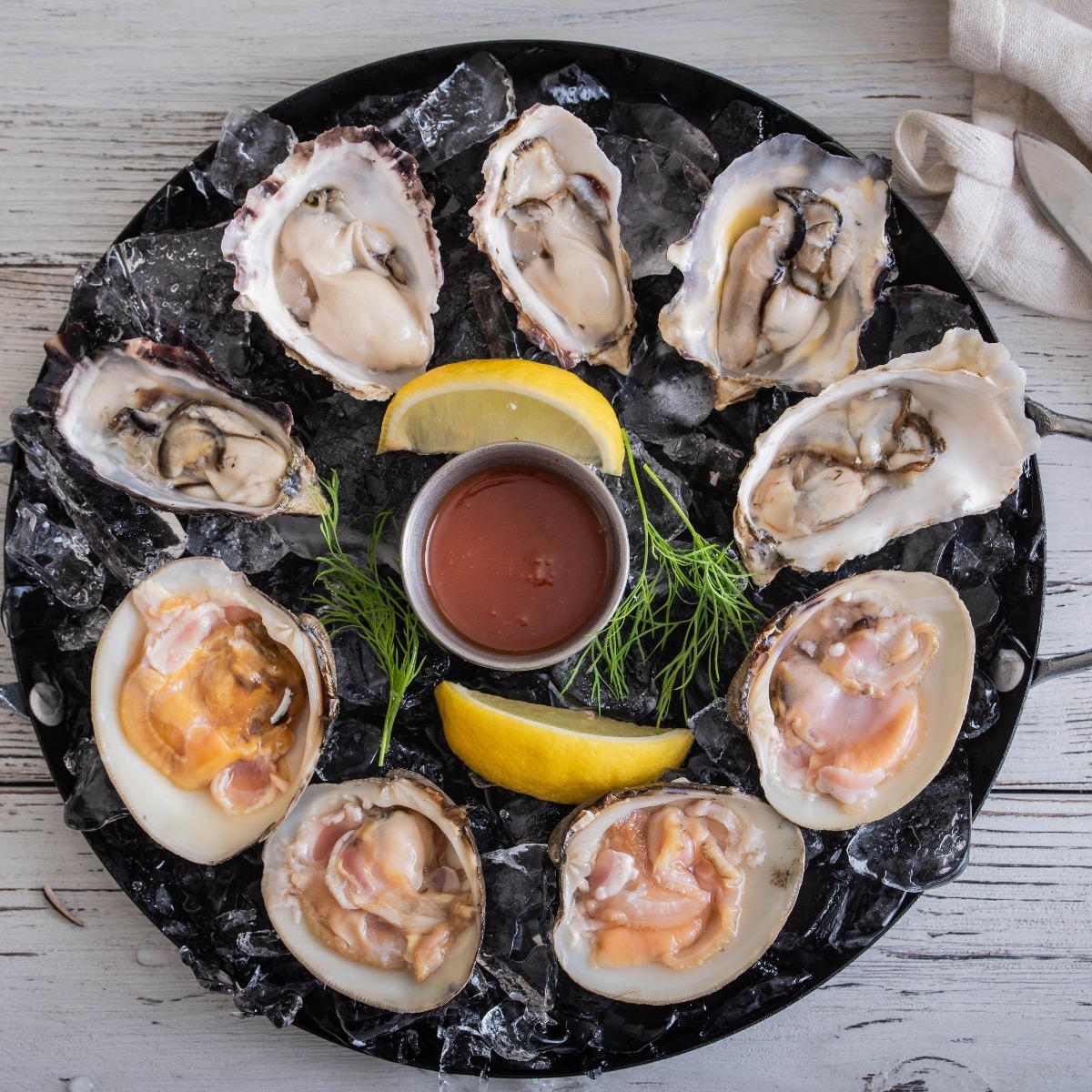
Oysters on the Half-Shell
One of the most popular ways to enjoy oysters is raw, served on the half-shell with a squeeze of lemon juice and a dash of hot sauce. This is a traditional way to eat oysters, and it allows the unique flavor of the oyster to shine through. Some people prefer to chew their oysters, while others swallow them whole. Either way, eating raw oysters is a culinary experience not to be missed.
Another way to enjoy oysters is to cook them by frying, grilling, or steaming them. Oysters take on a different texture and flavor profile when cooked, but they are still delicious and nutritious. Oysters can be breaded and fried to create a crispy, savory snack or grilled and served with a garlic butter sauce for a more sophisticated flavor.
History
Oysters have a long and storied history, dating back to ancient times. They were considered luxury food items by the ancient Romans and Greeks and were also popular among Native American tribes in North America. In addition, oysters were often used in religious ceremonies and were believed to have medicinal properties.
Oysters are still highly prized for their unique flavor and nutritional value. They are enjoyed worldwide, from New Orleans to Paris, and they are a staple of many seafood restaurants and markets. Oysters are also crucial to many cultural traditions, including the famous oyster festivals held in cities like New Orleans and Galway, Ireland.
Despite their popularity, oysters are also a controversial food item. Some people are wary of eating raw oysters due to the risk of foodborne illnesses, such as norovirus or Vibrio bacteria. To minimize this risk, eating oysters that have been harvested and stored correctly is important; constantly checking for any signs of spoilage or contamination before eating is essential.
Oysters are a fascinating and delicious food with a rich history and cultural significance. Whether eaten raw or cooked, oysters are a healthy and nutritious food choice that can be enjoyed in a variety of ways. With their unique flavor and nutritional value, oysters will remain popular for many years.
Nutritional Value
Oysters are a nutrient-dense food that is low in calories and high in several essential vitamins and minerals. Here are some of the key nutritional benefits of oysters:
- Protein – Oysters are a good source of protein, which is essential for building and repairing tissues in the body.
- Omega-3 fatty acids – Oysters are a rich source of omega-3 fatty acids, which are important for brain health and reduce the risk of heart disease.
- Vitamins and minerals – Oysters are high in vitamins and minerals, including vitamin B12, iron, zinc, copper, selenium, and vitamin D.
- Low in calories – Oysters are a low-calorie food, with just six calories per raw oyster, making them an excellent choice for people looking to manage their calorie intake.
- Low in fat and cholesterol – Oysters are low in fat and contain no cholesterol, making them a heart-healthy food choice.
- Boosts immunity – Oysters contain high levels of zinc, essential for maintaining a healthy immune system and promoting wound healing.
It’s worth noting that the nutritional content of oysters can vary depending on the species, growing conditions, and other factors. However, oysters are a nutrient-dense food that can provide various health benefits as part of a balanced diet.
Some Types of Oysters
Oysters come in many different varieties and flavors, each with unique characteristics. Here are some of the most popular types of oysters and a brief description of their taste:
- Kumamoto – Originally from Japan, these small oysters are now grown in the Pacific Northwest. They have a deep, bowl-shaped shell and a sweet, buttery flavor with a slightly metallic finish.
- Blue Point – These oysters are a classic favorite named after the location in New York where they were first harvested. They have a briny flavor, a slightly sweet finish, and a crisp, firm texture.
- Pacific – Also known as the Japanese oyster, these are among the world’s most widely cultivated oyster varieties. They have a sweet, creamy flavor with a slightly metallic finish and a plump, firm texture.
- Malpeque – These oysters are named after the location on Prince Edward Island, where they are harvested. They have a salty, briny flavor, mild sweetness, and a clean, crisp finish.
- Olympia – These oysters are native to the Pacific Northwest and are one of the smallest oyster varieties. They have a sweet, buttery flavor, a slightly metallic finish, and a tender, delicate texture.
- Belon – Also known as the European Flat oyster, these oysters have a unique, earthy flavor with a slightly metallic finish. Oyster lovers prize them, but they are relatively rare and expensive.
- Wellfleet – These oysters are named after the location in Massachusetts where they are harvested. They have a briny flavor, a sweet, buttery finish, and a firm, meaty texture.
- Beau Soleil – These oysters are grown in the shallow waters of New Brunswick, Canada, and have a sweet, mild flavor with a crisp, clean finish and a plump, meaty texture.
- Fanny Bay – These oysters are grown in Vancouver Island, Canada’s cold, nutrient-rich waters. They have a sweet, delicate flavor with a slightly metallic finish and a firm, meaty texture.
- Coffin Bay – These oysters are grown in the clear, pristine waters of South Australia. They have a sweet, briny flavor with a clean, crisp finish and a tender, delicate texture.
It’s worth noting that oyster flavor can vary depending on the time of year and the location where they are grown, so it’s always a good idea to ask your local oyster purveyor for recommendations based on what is fresh and in season.
Five Fun Facts About Oysters
- Oysters can change their gender: Oysters are born as males, but they can change their gender multiple times during their lifetime to become female. This process is known as protandry.
- Oysters can filter large amounts of water: A single oyster can filter up to 50 gallons of water per day, making them important for maintaining water quality in coastal ecosystems.
- Oysters have been used as currency: In ancient Rome, oysters were considered luxury food and were often used to pay for goods and services.
- Oysters were a popular food in the Wild West: Oysters were popular among cowboys and settlers in the American West during the 19th century. They were shipped inland from coastal areas and were often served in saloons and restaurants.
- Oysters have been known to produce pearls: While rare, oysters can produce pearls when an irritant, such as a grain of sand or a piece of grit, gets trapped inside their shell. The oyster then covers the irritant with nacre layers, forming a pearl over time.
Maturity
Oysters can take anywhere from 1 to 3 years to reach maturity, depending on the species, growing conditions, and other factors. The desired market size and the cultivation method also influence the time it takes for an oyster to reach maturity.
Oysters are generally considered ready to consume when they reach a market size of 3 inches or larger. However, some oyster lovers prefer to eat smaller oysters, known as “cocktail” or “petite” oysters, which can be harvested at a younger age.
The age of oysters at consumption also depends on whether they are wild-caught or farmed. Wild oysters are typically older than farmed oysters when harvested, as they have had more time to grow and develop in their natural environment.
It’s worth noting that the taste and texture of oysters can also vary depending on their age and size. Some oyster lovers prefer larger, more mature oysters for their robust flavor and meaty texture, while others prefer smaller, younger oysters for their delicate flavor and tender texture.
What Do Oysters Taste Like?
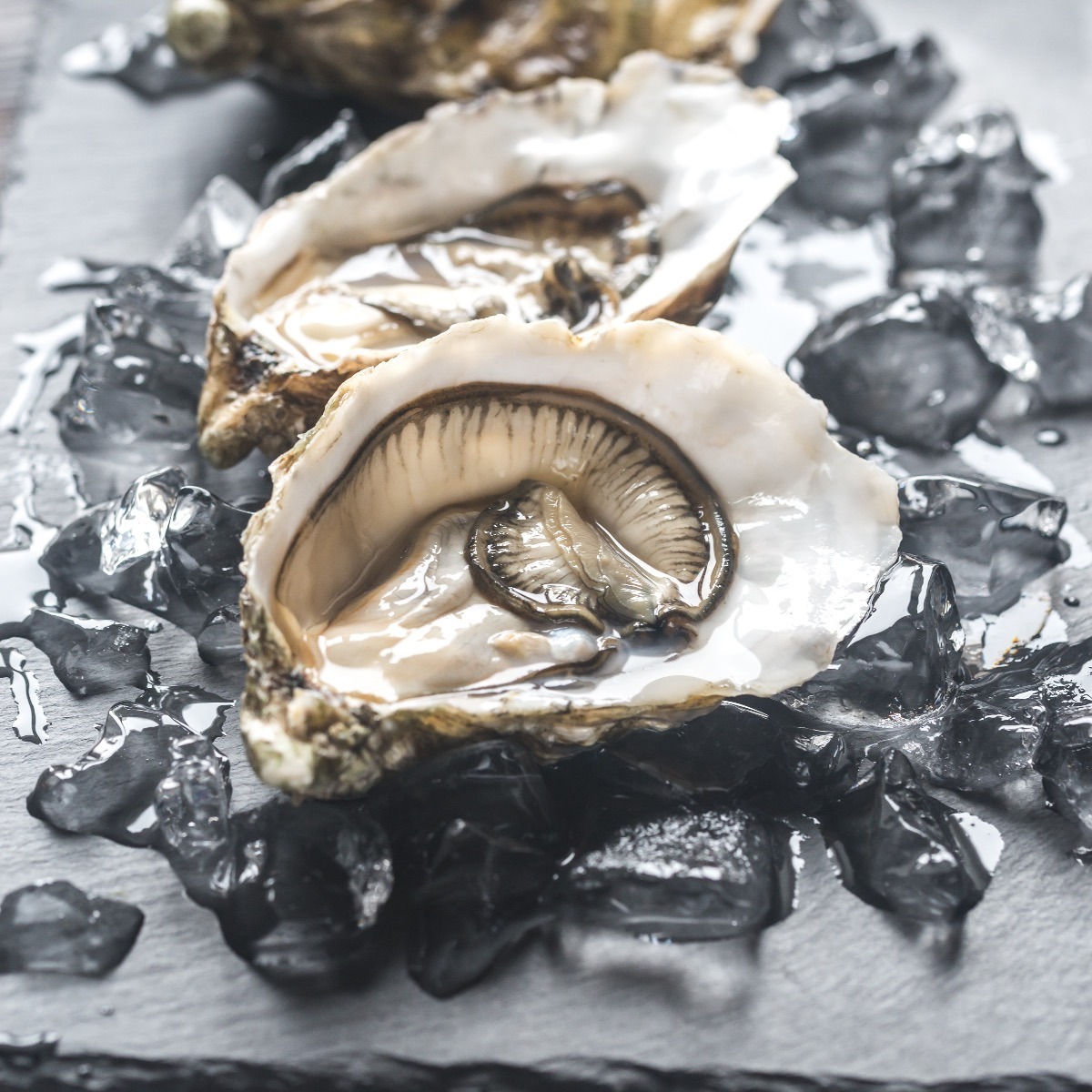
Raw Oysters
Oysters have a unique taste, often described as briny, salty, and slightly metallic. An oyster’s flavor can also be influenced by its growing environment, including the type of water, nutrients, and other factors that contribute to its taste.
In addition to its salty and briny flavor, an oyster can have a mild sweetness and a buttery, creamy texture. Some oyster lovers describe the taste as “umami,” a Japanese word used to describe a savory, meaty flavor often associated with foods like mushrooms, soy sauce, and miso.
The taste of an oyster can also vary depending on how it is prepared and served. Some people prefer to eat oysters raw, with just a squeeze of lemon juice or a dash of hot sauce to enhance their natural flavor. Others prefer to cook oysters by grilling, frying, or roasting, which can add a smoky, charred flavor to the meat.
Ultimately, the taste of an oyster can be a matter of personal preference, and it’s essential to try different varieties and preparation methods to discover what you enjoy most.
Sauces to Enjoy with Oysters
Raw oysters are often served with a variety of sauces that can enhance their flavor and texture. Here are some of the most popular sauces that you can eat with raw oysters:
- Cocktail sauce: This sauce is made from ketchup, horseradish, lemon juice, and Worcestershire sauce. It has a slightly sweet and tangy flavor that complements the briny taste of oysters.
- Mignonette sauce: This sauce is made from vinegar, shallots, and black pepper. It has a tangy and slightly acidic flavor that pairs well with the sweetness of raw oysters.
- Hot sauce: Hot sauce, such as Tabasco, is a popular accompaniment to oysters. It adds a spicy kick to the mild flavor of raw oysters.
- Lemon juice: Squeezing fresh lemon juice over raw oysters is a simple and refreshing way to enhance their flavor. The acidity of the lemon juice can help balance the brininess of the oysters.
- Horseradish sauce: Horseradish sauce is made from grated horseradish root, sour cream, and lemon juice. It has a pungent and spicy flavor that can add depth to the taste of raw oysters.
- Garlic butter: Melted garlic butter can be drizzled over raw oysters to add richness and flavor. The butter can also help mellow out the brininess of the oysters.
These are just a few examples of the sauces that can be enjoyed with raw oysters. Of course, some people also enjoy eating plain raw oysters without sauce or toppings. Ultimately, the choice of sauce will depend on personal taste preferences and the type of oyster being served.
Ways to Eat
Eating oysters can be a unique and enjoyable experience, but it can also be intimidating if you’ve never tried them. Here are some general tips for how to eat oysters:
- Ensure the oysters you’re eating are fresh and appropriately handled and stored. Look for tightly closed oysters or a slightly open shell that snaps shut when tapped.
- Before eating, clean the oysters by scrubbing them under cold running water with a stiff brush. This will help remove any dirt, sand, or other debris on the shell.
- To shuck an oyster, hold it with a towel or a specialized oyster-shucking tool and insert the blade of a shucking knife into the shell’s hinge. Twist the knife to pop open the shell, and then run the blade along the inside of the top shell to release the oyster from the bottom shell.
- Once shucked, add toppings such as lemon juice, hot sauce, cocktail sauce, or mignonette sauce to enhance the flavor. However, some people prefer to eat oysters plain, without any toppings.
- To eat the oyster, tilt the shell towards your mouth and use a small fork or your fingers to remove the meat from the shell. Chew the oyster a few times to release its flavors and texture, then swallow.
- Oysters are often paired with champagne, white wine, or a cold beer, which can complement their briny flavor and refreshing taste.
Eating oysters can be a unique and enjoyable experience, but it’s important to take care when handling and shucking them to avoid injury. If you’re uncomfortable shucking your own oysters, you can ask a professional or experienced shucker to do it for you.
Cooking with Oysters
Oysters are a versatile seafood that can be cooked in various ways to create delicious and flavorful dishes. Here are some popular ways to cook oysters:
- Grilled oysters are a popular way to cook oysters, especially during summer. To make grilled oysters, place shucked oysters on a hot grill and cook until the edges of the oysters start to curl. Top with garlic butter, cheese, or other toppings.
- Fried oysters are a classic Southern dish that can be served as an appetizer or main course. To make fried oysters, dip shucked oysters in seasoned flour, egg wash, and breadcrumbs, then fry until golden brown.
- Steamed oysters are a simple and healthy way to cook oysters. To make steamed oysters, place shucked oysters in a pot with a small amount of water, white wine, or beer. Cover and steam until the oysters open.
- Oyster stew is a classic dish that is easy to make and flavorful. To make oyster stew, cook shucked oysters in a creamy broth with butter, onions, celery, and other seasonings.
- Oysters Rockefeller is a rich and flavorful dish perfect for special occasions. To make Oysters Rockefeller, top shucked oysters with spinach, breadcrumbs, garlic, butter, and Parmesan cheese, then bake until golden brown.
- Raw oysters can be served on the half-shell as an appetizer or snack. To prepare raw oysters, shuck them and serve them with lemon wedges, cocktail sauce, mignonette sauce, or other condiments.
Oysters Rockefeller
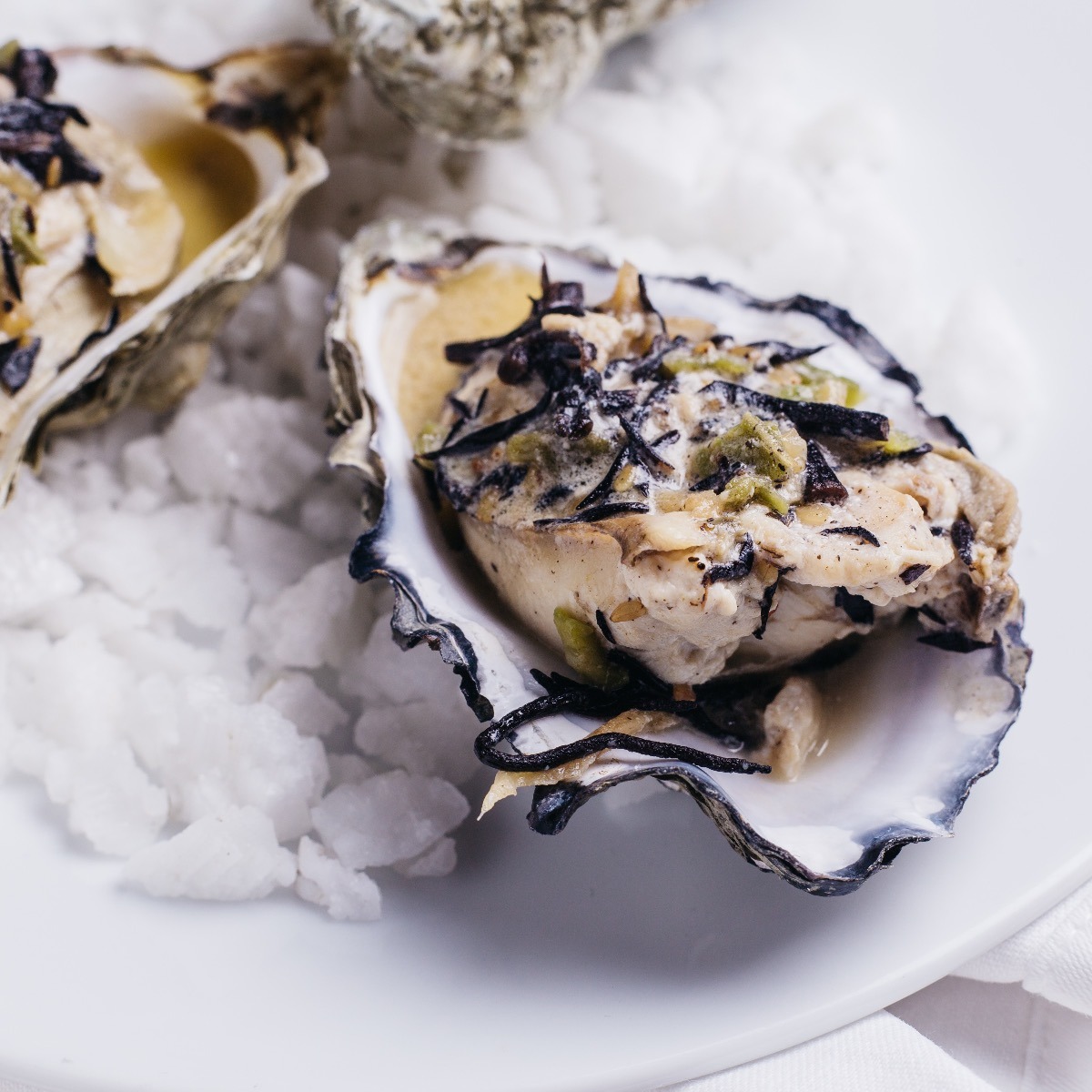
Oysters Rockefeller
Oysters Rockefeller is a classic dish that originated in New Orleans in the late 19th century. It is said to have been created by Jules Alciatore, the owner of Antoine’s restaurant, who was looking for a new way to serve oysters to his customers. The dish was named after John D. Rockefeller, the wealthiest man in America at the time, as it was said to be as rich as he was.
The original recipe for Oysters Rockefeller is a closely guarded secret. Still, it is generally believed to contain a mixture of spinach, breadcrumbs, butter, and herbs, then topped with cheese and baked until golden brown. Some variations of the recipe also include bacon or other meats.
📖 Recipe
Oysters Rockefeller
How to make classic oysters Rockefeller
Ingredients
- 24 fresh oysters shucked and on the half shell
- ¼ cup butter unsalted
- ¼ cup shallots chopped
- ¼ cup celery chopped
- ¼ cup green onions chopped
- 2 cloves garlic minced
- ½ cup fresh spinach chopped
- ½ cup breadcrumbs
- ¼ cup Parmesan cheese freshly grated
- ¼ cup Pernod an anise-flavored liquor
- salt and pepper to taste
- lemon wedges for serving
Instructions
Preheat the oven to 450° F.
In a large skillet, melt the butter over medium heat. Add the shallots, celery, green onions, and garlic, and cook until soft and translucent, about 5 minutes.
Add the spinach to the skillet and cook until wilted, about 2 minutes.
Remove the skillet from the heat and stir in the breadcrumbs, Parmesan cheese, and Pernod—season with salt and pepper to taste.
Spoon the mixture over the oysters on the half shell, dividing it evenly among them.
Place the oysters on a baking sheet and bake until the topping is golden brown and the oysters are cooked through, about 10 minutes.
Serve hot with lemon wedges on the side.
Notes
Enjoy your delicious and flavorful Oysters Rockefeller!
How Do They Procreate?
You may be interested in how oysters make baby oysters. They are bivalve mollusks, which means they have a two-part hinged shell and are filter feeders that obtain nutrients by filtering water. Like other bivalve mollusks, oysters are capable of sexual reproduction.
Oysters are typically either male or female, although some species can change sex over time. During the spawning season, which occurs in the warmer months, mature oysters release eggs or sperm into the water. Fertilization occurs when sperm meets eggs in the water column. The fertilized eggs develop into free-swimming larvae called veligers.
Veligers are microscopic in size and drift in the water column for about two weeks, feeding on plankton until they develop into a juvenile stage called spat. Spats are still very small but have started to form a shell and can attach to a hard surface, such as other oyster shells or rocks. Here, they will continue to grow and develop until they reach maturity, which can take 1 to 3 years, depending on the species.
Oysters are also capable of asexual reproduction through a process called fragmentation. In this process, a small piece of the oyster’s mantle or body can detach and form a new individual, essentially creating a clone of the original oyster. However, fragmentation is not as common as sexual reproduction in oysters and is typically only observed when an oyster is damaged or stressed.
Some of My Favorite Ingredients
 Print
Print


